The Civic Arena (Mellon Arena) 1961-2012
Introduction
Text-to-speech Audio
Images
This is the entrance to the museum.
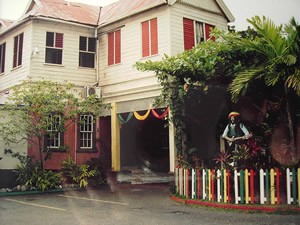
This is the gate to the museum.
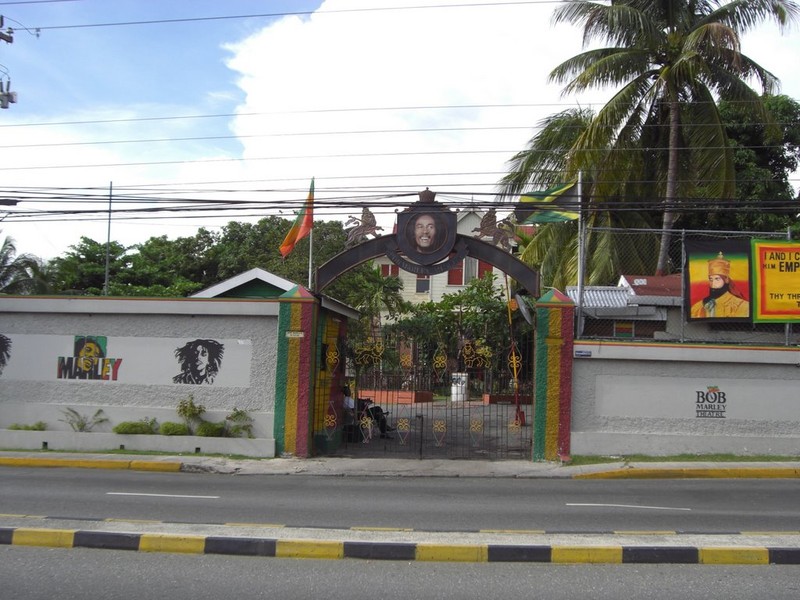
Civic Area was a downtown Pittsburgh icon best known for the largest moving dome in the world. It's nickname was "The Igloo"-a name inspired by its shape and primary tenant-the Pittsburgh Penguins.
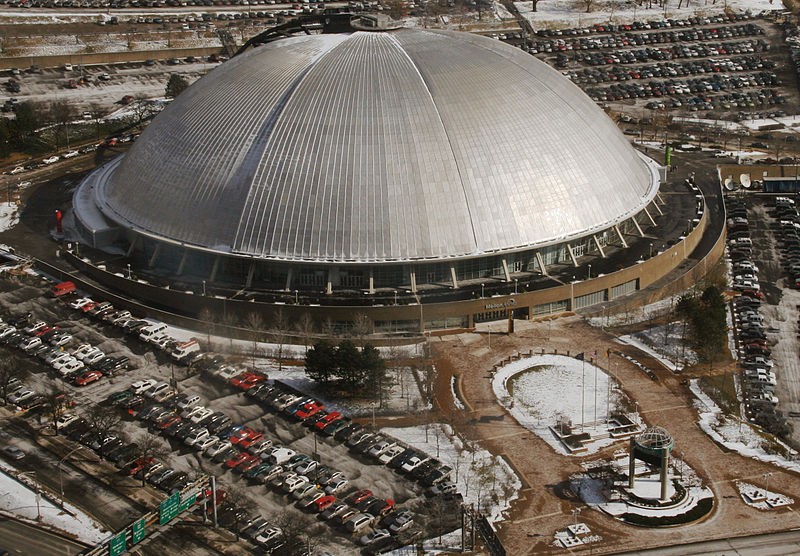
This is what the Civic Arena looked like on the inside. This arena could seat over 17,000 people.
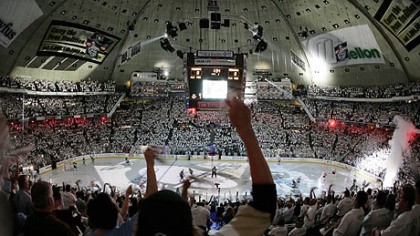
Mellon Arena with it's dome open during it's last hockey game before the Penguins moved to the Consol Energy Center Arena.
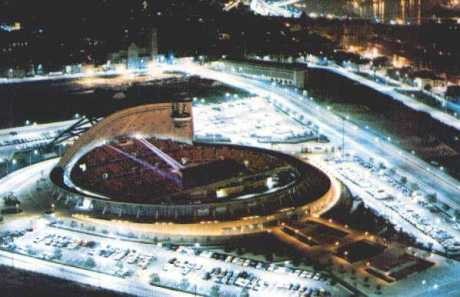
The city began demolishing the arena from the inside out in 2011, after effort of trying to restore it for historical reasons.
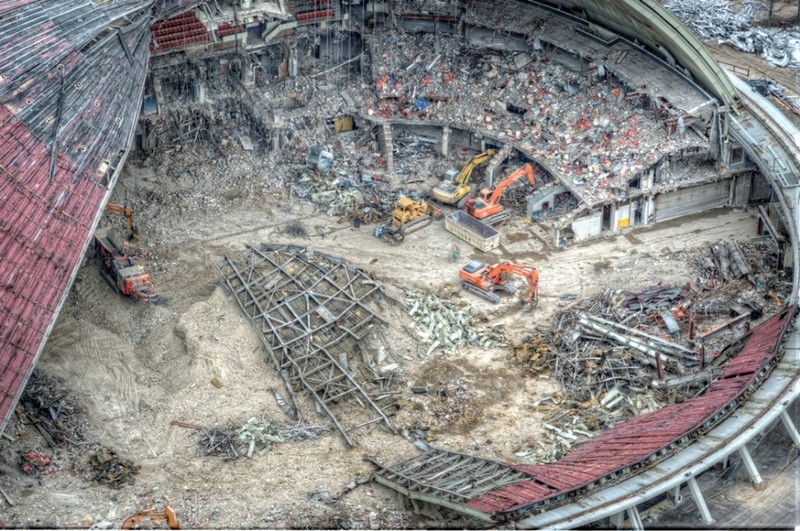
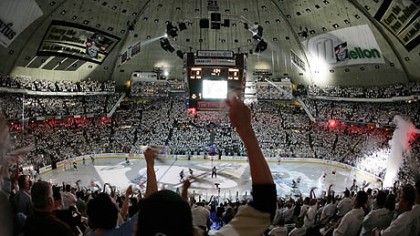
US National Guard staged outside the Civic Arena during the riots of April, 1968
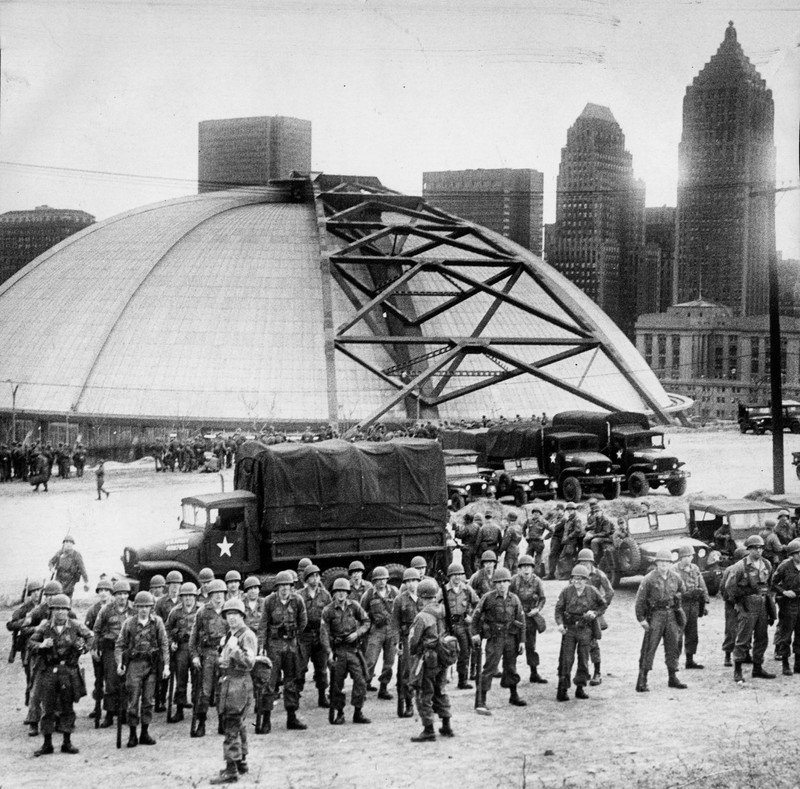
Backstory and Context
Text-to-speech Audio
Civic Arena was a multipurpose arena constructed by the city of Pittsburgh between 1958 and 1961. The city started its construction on the arena on April 25, 1958, immediately following the demolition of Duquesne Gardens, the previous home of the AHL's Pittsburgh Hornets. Civic Arena was designed as part of the city's postwar Renaissance I movement. The developers pitched an ambitious plan to the city which included retractable dome roof. The project cost a total of $21.7 million to complete and was the only structure of its kind for many years.
The arena's roof was constructed by using eight 300-ton roof sections--six of which were able to retract. This roof was especially unique because there was no internal scaffolding to hold the heavy structure. One 260-foot cantilever arm supported the entire roof from the outside--even while it was moving. Famous for having the first retractable roof in a major arena, Civic Arena would later be famous for being the home of the Pittsburgh Penguins which led to its nickname of "The Igloo."
On September 17, 1961, the arena finally opened after over three years of construction with an ice skating exhibition. The Hornet's played their first game there shortly after this in October. The Hornet's went onto a winning season and won the first professional hockey championship in the city, The Calder Cup. The Pittsburgh Penguins began using the arean in 1967.
With the addition of luxury boxes and additional seating, the arena eventually had the capacity of 17,537 which allowed it to host events like the NHL All Star Game in 1990. The arena also hosted the Stanley Cup Playoffs five times (1991,1992, 2008, 2009, and 2010.) Pittsburgh-based Mellon Bank purchased the naming rights to the Civic Arena in 1999.
Despite the success of the Penguins, the building began to show its age. During a hockey game in 2006, for example, the lights failed completely due to an electrical fire. Mellon Bank did not renew their contract for naming rights in 2010. In that year, the last paid event was held at the arena on July 26th when James Taylor and Carol King performed in concert. Demolition of the building began in 2011 after attempts to preserve the arena as both a historic site and downtown venue. Demolition ended in March 2012.
Note on the Civic Arena's place in the gentrification of the Hill District:
The construction of the Civic Arena led to the destruction of approximately 300 properties in the Lower Hill District. Many of the people displaced by the construction were families who's ancestors came to the area during the Great Migration. In 1968, the Civic Arena became the staging point for the National Guard sent to protect the city during the riots which ensued after the assassination of Martin Luther King Jr (see picture below). Following the destruction of the arena in 2012, the construction of the arena, and its subsequent replacement parking lot were once again a topic of conversation concerning the cities push to gentrify the once vibrant African American communities.
Sources
1. "1961-2012 The Civic Arena (Mellon Arena) History." PittsburghHockey.Net. Accessed February 12, 2015. http://pittsburghhockey.net/arenas/civic-mellon-arena.
2. "The Civic Arena." Brookline Connection. Accessed February 12, 2015. http://www.brooklineconnection.com/history/Facts/Arena.html.
3. McConnell, Craig. "Home Sweet Dome."Pittsburgh Magazine. June 18, 2010. http://www.pittsburghmagazine.com/Pittsburgh-Magazine/July-2010/Home-Sweet-Dome/index.php?cparticle=...
Jones, Diana Nelson. Pittsburgh's Lower Hill District: Traces of a Lost Neighborhood , The Pittsburgh Post Gazette. June 18th 2018. Accessed April 27th 2020. https://newsinteractive.post-gazette.com/lower_hill/.
https://newsinteractive.post-gazette.com/the-week-the-hill-rose-up/
